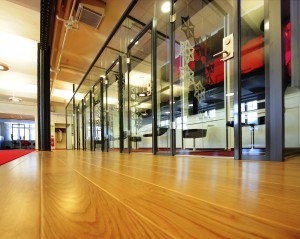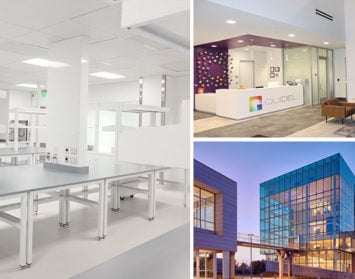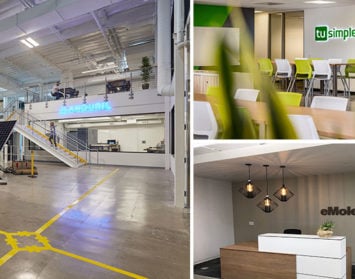Second in the Tenant Improvements Series
 You receive a proposal from a landlord to lease office space and the offer includes “turnkey tenant improvements.” It seems like a simple idea – the landlord builds your space to be move-in ready, and you are able to move in without worrying about the cost of the project. The trouble is that the cost is buried in your lease rate. You just don’t know what the landlord is planning on spending, and you most likely don’t have a strong idea of what you want and need in your new space yet.
You receive a proposal from a landlord to lease office space and the offer includes “turnkey tenant improvements.” It seems like a simple idea – the landlord builds your space to be move-in ready, and you are able to move in without worrying about the cost of the project. The trouble is that the cost is buried in your lease rate. You just don’t know what the landlord is planning on spending, and you most likely don’t have a strong idea of what you want and need in your new space yet.
Turnkey deals typically are based on a single line drawing, or space plan, and an attachment to the lease of the building standards for construction. This takes care of the basics: general architectural work, walls, doors, acoustical ceiling, carpet quality, and standard light fixtures. But what about special power needs for equipment? Lighting upgrades? Air conditioning zoning? How many individual controls will you have? AV requirements? Built-in millwork? Windows or sidelights? Finish upgrades in your reception or conference room? Do you know how much power and air conditioning you need for your server room?
These are just a few of the many questions that need to be answered before the true cost of your design and construction can be determined, and the only thing accounted for in your turnkey agreement is the building standard. Most of your answers to these questions will result in an additional charge from the landlord for tenant requested extras.
Landlord turnkey can be a good route if the project is of limited scope and easily defined, such as taking over an existing space that only needs minor alterations and new paint and carpet. However, once the money spent on construction becomes significant, you should seek out a TI allowance from the landlord so that you can control the design and construction. A well-negotiated TI Work Letter will cover all of the above and should account for the cost of hiring a mover, new phone/data cabling, any signage you have rights to, security systems, and any AV infrastructure needed.
At Hughes Marino CM, we know what design and construction costs should be and how they should be covered in the work letter to your lease. Having an experienced construction manager is critical to making sure the TI dollars included in your lease rate are adequate for building your new space and will meet all of your business’ needs.
Dean Petersen is senior vice president of Hughes Marino Program, Project and Construction Management, a global corporate real estate advisory firm that exclusively represents tenants and buyers. Contact Dean at 1-844-662-6635 or dean@hughesmarino.com to learn more.








